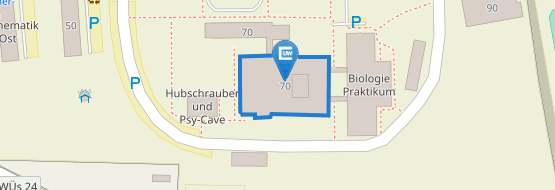Studentische Aktivitäten
Student Activities
REXUS/BEXUS-Projekte
-
KI-SENS
Im Projekt KI-SENS werden intelligente, optische Sensoren zur Weltraumbeobachtung entwickelt, die Annäherungen erkennen und zur Kollisionsvermeidung beitragen können. Das besondere an KI-SENS: Die Arbeiten am Projekt werden vor allem von Studierenden vom studentischen Verein WüSpace e. V. durchgeführt.
- Mars Base 2030 (78MB!)
Within summer term 2017 project a group of eight students investigated the potential of a manned Martian base, scheduled to the year 2030.
- RTSP-Observation
Die „RTSP-Observation“ Software empfängt mehrere bestehende RTSP-Streams und detektiert selbstständig ein sporadisches (und häufig nur für einen kurzen Zeitraum) Auftreten des Hessdalen-Phänomens.
- Meteosat App
The Meteosat App was created in a voluntary project by three students and has been started in August 2015. Its purpose is to show the user live satellite images from EUMETSAT. In order to make this possible, the existing infrastructure provided by the university had to be extended with a server application that is supposed to be extensible itself to provide data for a variety of smartphone apps and other devices.
The aim of the experiment is to develop a sensor system, which is supposed to evaluate autonomously its attitude relative to the earth. What we want to determine during the rocket flight is whether this approach is really apt to acquire the attitude even under stress conditions.
- Transient Lunar Phenomena (TLP) Observation
In 2014 an engineering internship dealing with the observation of Transient Lunar Phenomena has been accomplished by master student Helge Mohn. It deals with the development of an automatic TLP observation station. TLP can be visible with the naked eye, have been reported since centuries, but are still not entirely understood for the time being.
- Moon Base 2030
Within this term project a group of twelve students investigated the potential of a manned lunar base, scheduled to the year 2030 of human return.

